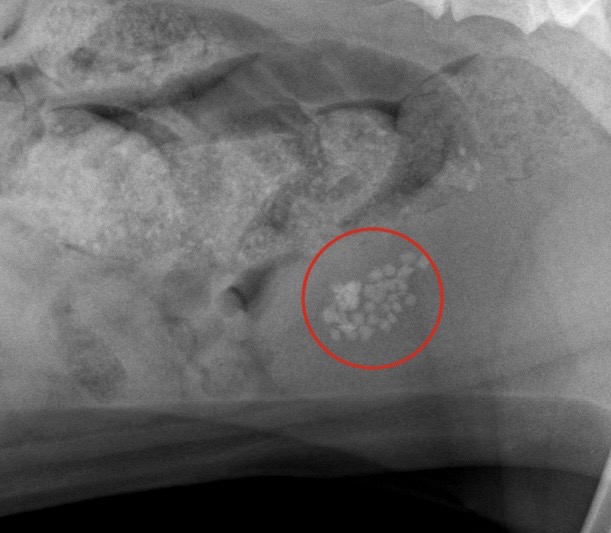Recognizing & Treating Bladder Stones In Dogs

Bladder stones (uroliths or cystic calculi) are rock-like formations of minerals that develop in the urinary bladder. There may be a large, single stone or a collection of stones that range in size from sand-like grains to gravel.
What To Consider When Caring For A Senior Dog

Dogs older than seven years of age are considered senior pets. Senior dogs are in the stage of life where aging begins to affect every organ system.
Understanding Canine Parvovirus

Parvo, or canine parvovirus (CPV) infection, is a relatively new disease that appeared for the first time in dogs in 1978. Because of the severity of the disease and its rapid spread through the canine population, CPV has aroused a great deal of public interest.
Follow These Halloween Safety Tips For Your Pet

TRICK OR TREAT! Halloween is an annual event that most children, and lots of adults, look forward to enthusiastically, anticipating a day and evening filled with masks, candy, and all things spooky! But this holiday can be particularly scary for the furry children in your family.
Pet Selection: What To Consider When Choosing A Dog

Dogs can be amazing family members and greatly enrich our lives! Adding a dog to the family is also a serious commitment, and research before choosing a dog will help set the family and the dog up for success.
Are Your Dog’s Respiratory Symptoms Caused By Canine Influenza?

Canine influenza virus (CIV) is primarily the result of two influenza strains: H3N8 from an equine origin and H3N2 from an avian source. Both strains were previously known to infect species other than dogs but can now infect and spread among dogs.
Making The Difficult Decision Of Euthanasia For Your Beloved Pet

The longer the relationship, the stronger the bond. The stronger the bond, the more challenging it is to consider the end of a pet’s life, including the difficult decisions around euthanasia.
What Are Ear Mites?

The ear mite, Otodectes cynotis, is a surface mite that lives on cats, dogs, rabbits, and ferrets. It is usually found in the ear canal, but it can also live on the skin surface. Ear mites are highly contagious, and animals become infested by direct contact with another infested animal.
Learn About The Preventative Healthcare Guidelines For Dogs

Avoiding an illness is always better than treating it, and when it cannot be avoided, intervention is always more effective if started sooner rather than later. Since dogs age faster than humans, an annual veterinary exam with diagnostic testing is equivalent to a human visiting the doctor every four to five years.
What Is A Hot Spot & Why Do Pets Get Them?

Hot spots – also known as pyotraumatic dermatitis or acute moist dermatitis – are red, inflamed skin lesions that appear quickly, ooze, and may contain pus.
